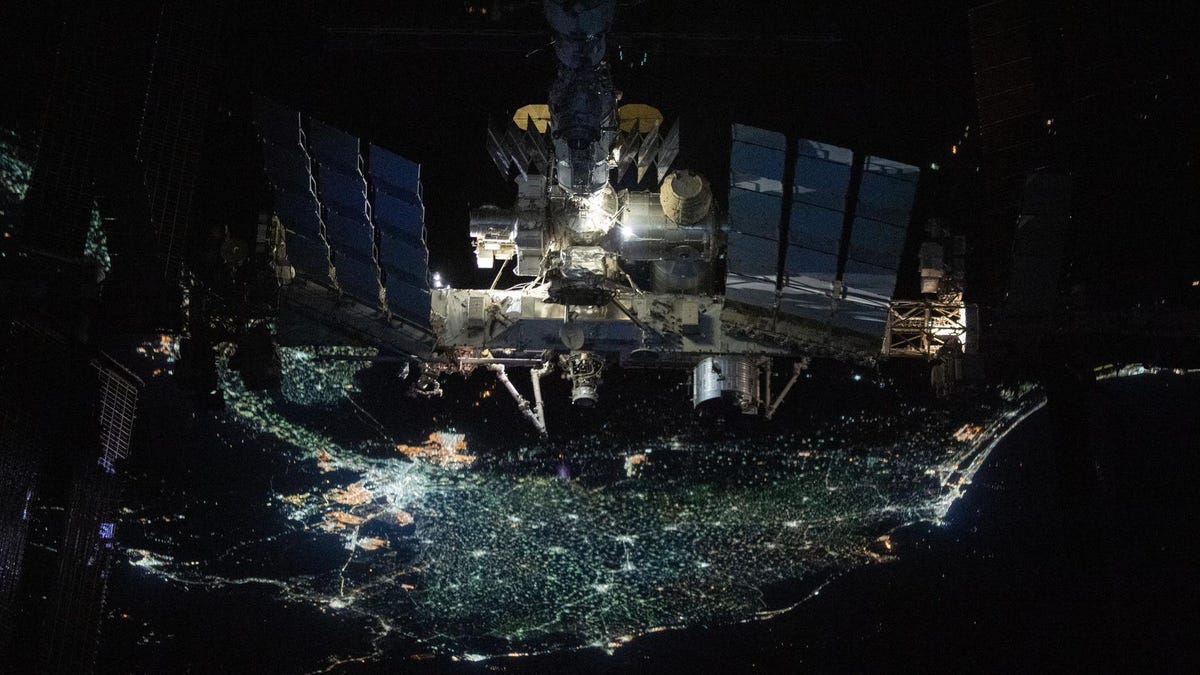NASA is shifting ISS to commercial use before dropping it in the Pacific Ocean
The International Space Station is moving to commercial operations ahead of its retirement, which has been postponed till the end of 2030.

The International Space Station is turning into a commercial operations before it's finally taken out of commission.
The International Space Station's days as primarily a scientific effort are numbered. NASA is offering new details on how it will transition the ISS into a commercial operation over this decade, including the agency's plan to develop supply and demand for a "low-Earth orbit commercial economy."
And then it plans to "deorbit" the ISS into the Pacific Ocean to end its life in January 2031.
"Eventually, after performing maneuvers to line up the final target ground track and debris footprint over the South Pacific Oceanic Uninhabited Area (SPOUA), the area around Point Nemo, ISS operators will perform the ISS re-entry burn, providing the final push to lower ISS as much as possible and ensure safe atmospheric entry," NASA said in the International Space Station Transition Report published Tuesday.
Before the ISS hits the Pacific Ocean, the space agency is focused on signing commercial deals. It has already entered into one contract to attach commercial modules to a space station docking port and has signed agreements for the design of three other free-flying commercial space stations.
"US industry is developing these commercial destinations to begin operations in the late 2020s for both government and private-sector customers, concurrent with space station operations," NASA said in the report.
The report follows the Biden administration's commitment on Dec. 31 to extend ISS operations through 2030. The extension from shutdown in 2024 came after NASA already began making plans to transition from the ISS to commercial space stations and other private platforms in low-Earth orbit.
The report said NASA remains focused on inspiring humankind through STEM student participation, microgravity research and development, orbital activities, partnering with minority institutions, and exploring "ways to engage a diverse group of students, educators and the general public through inspirational opportunities."
Read more: 2022 space calendar: Massive NASA missions, SpaceX launches and a worldwide race to the moon
NASA is also hosting hundreds of experiments at the ISS National Laboratory, including from commercial users, government agencies and academia.
As the ISS enters its third decade of operations, NASA is all about pushing new forms of space exploration.
"We look forward to sharing our lessons learned and operations experience with the private sector to help them develop safe, reliable and cost-effective destinations in space," Phil McAlister, director of commercial space at NASA headquarters, said in a statement.
NASA will then purchase goods and services it needs from such "commercial destination providers" in space. This will save the agency money so it can focus on its Artemis missions to the moon and Mars.

